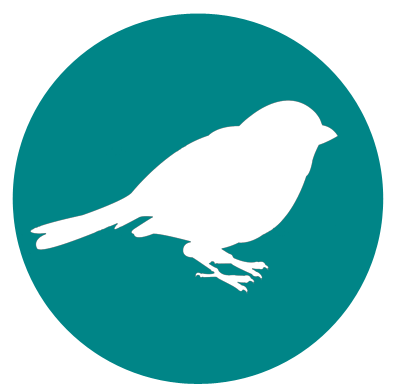Birding at Buck Creek State Park / C. J. Brown Reservoir
1901 Buck Creek Lane, Springfield, OhioGeneral Information
Address
1901 Buck Creek Lane, Springfield, OH 45502
County/Counties
Clark
DeLorme Page Number and Coordinates
(7th Edition and earlier) 66:A3
Nearest Town or City
About 2 miles northeast of Springfield, Ohio.
Directions from Nearest Town or City
From US Route 40 east out of Springfield, turn north at the traffic light onto Bird Road. The road changes names to Buck Creek Lane at the next traffic light. Continue north into the park.
About Buck Creek State Park
The State Park is about 4000 acres, the lake occupying about 2120 acres. Over 250 species of birds have been recorded in the park. The park is surrounded by Buck Creek Lane, Old Columbus Road, Grant Road, Moorefield Road, State Route 4, Croft Road, and Robert Eastman Road. Within the park there are roads that go from the entrance on Buck Creek Lane to the beach, the marina, cabins, and campground. No other entrances connect to these roads.
Visiting Information
Closed hours/season
The beach parking area is closed from November through April, but the beach can often be accessed from the Visitor Center parking area, old Lewis Center Road, or even the west dam parking area. Hogback Preserve may be closed on many winter weekends, but Hogback Road is always open.
Parking Areas
There are many throughout the area. See directions for details.
Fees/Permits
Camping fees, if you wish to stay at the campground (west end of Cheshire causeway).
Restroom Facilities
Most developed areas have them, including the Visitor’s Center, Beach, Hollenback Marina, Campground, Howard Road Bridge, Cheshire boat launch, and the New Galena boat launch.
Harmful Insects, Poisonous Plants, or Animals
Poison Ivy.
Restaurants in the Area
Fast food can be found at the SR 37/I-71 interchange. There is a better selection of eateries in Delaware.
Other Useful Information
Gas stations are located at the SR 37/I-71 interchange.
Other Birding Spots in the Area
Highbanks Metro Park is 4-5 miles southwest of the park, along US 23. This area is also quite close to the northern end of Hoover Reservoir (4-5 miles east of the southern end of the park) as well as Delaware Reservoir and Wildlife Area (5-7 miles northwest of the northern end of the park).
Birds of Interest by Season

Winter
The most interesting birds in winter are usually ducks and geese. Depending on the weather the lake can be completely frozen, have some open area in the center kept open by the waterfowl, or be mostly open. Unless it is frozen there are ducks and geese in the area.
If the lake freezes solid in January, good viewing conditions develop as the water starts to open in February at the north end of the lake. At this time the limited open water where Buck Creek flows into the lake provides close viewing. The fields around the lake can attract American Tree Sparrows. Walks along some of the trails in the park should produce many of the regularly occurring winter birds. There are also feeders at the Corps of Engineers Visitor Center that attract winter sparrows and finches.
Spring
In March ducks and geese are at their peak. Looking for them requires stops at several places around the lake. All of the regularly-occurring species have been seen here almost annually. We also have had American White Pelicans in the spring in recent years including a flock of 19 in April 2002. Later in the spring many regular migrants can be seen along the trails. In late spring Bell’s Vireos have been seen most years since 1985 in various locations in the park. At the Corps of Engineers Visitor Center you can usually find both orioles and sometimes Rose-breasted Grosbeaks. The orioles usually stay to nest.
Summer
This isn’t the best season at the park. The Bell’s Vireos can usually be seen until early July and chats nest in the park. In August there are sometimes a few terns and shorebirds on the beach in the early morning. There is one record of Least Tern in July and two records of Piping Plover in August on the beach.
Fall
There are several records of Buff-breasted Sandpiper in late August and September for the beach area. There are a few migrant warblers in the fall. When they finally lower the lake levels by early to mid October there are extensive mudflats at the north end of the lake that attract shorebirds. Waterfowl migration is not as good as in spring because of extensive hunting. Some ducks can stop at the south end of the lake but don’t usually stay long when the duck season is open.

